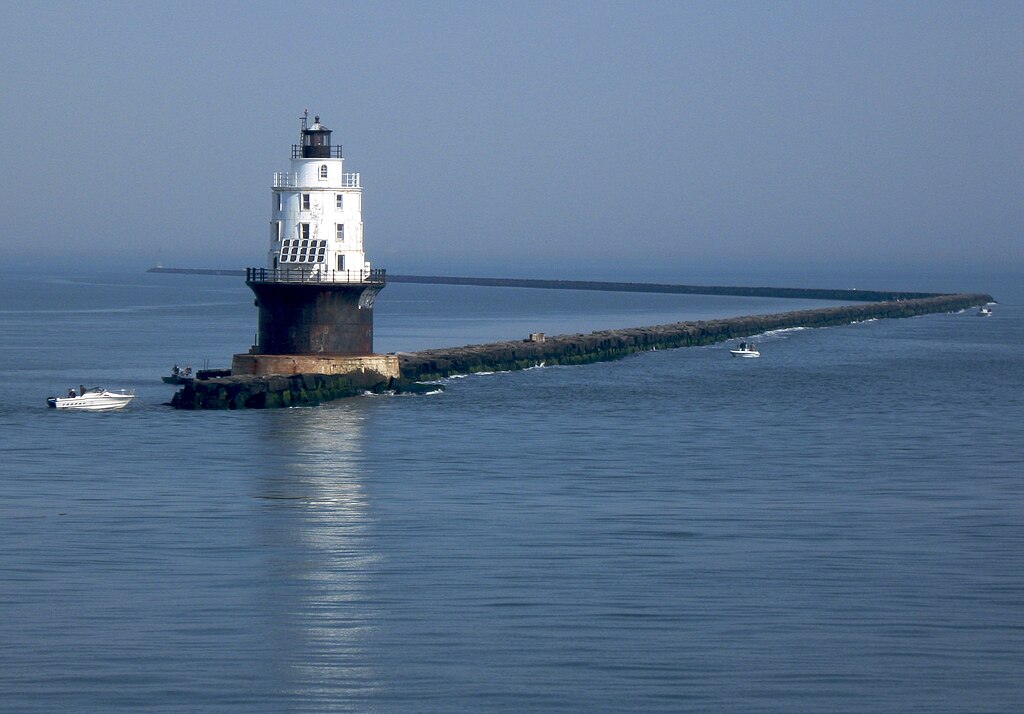
University of Delaware Seeks Doctoral Students
The University of Delaware’s School of Marine Science seeks two doctoral students to join a research group investigating ocean acidification.
NOAA’s Ocean Acidification Program Research Region
See news related to this Research Region

The University of Delaware’s School of Marine Science seeks two doctoral students to join a research group investigating ocean acidification.
As a response to public demand for a well-documented, quality controlled, publically available, global surface ocean carbon dioxide (CO2) data set, the international marine carbon science community developed the Surface Ocean CO2 Atlas (SOCAT). The first SOCAT product is a collection of 6.3 million quality controlled surface CO2 data from the global oceans and coastal seas, spanning
A well-documented, publicly available, global data set of surface ocean carbon dioxide (CO2) parameters has been called for by international groups for nearly two decades. The Surface Ocean CO2 Atlas (SOCAT) project was initiated by the international marine carbon science community in 2007 with the aim of providing a comprehensive, publicly available, regularly updated, global data
Decadal-to-century scale trends for a range of marine environmental variables in the upper mesopelagic layer (UML, 100–600 m) are investigated using results from seven Earth System Models forced by a high greenhouse gas emission scenario. The models as a class represent the observation-based distribution of oxygen (O2) and carbon dioxide (CO2), albeit major mismatches between
A portable light-emitting-diode (LED) photometer has been developed to provide low-cost seawater pH measurements. The benefits of the new system include a simple “do-it-yourself” construction design, a hundredfold reduction in cost relative to benchtop spectrophotometric systems, routine calibration-free operation in the field, and precision and accuracy well suited to applications such as education, coastal zone
Increased nutrient loading into estuaries causes the accumulation of algal biomass, and microbial degradation of this organic matter decreases oxygen levels and contributes towards hypoxia. A second, often overlooked consequence of microbial degradation of organic matter is the production of carbon dioxide (CO2) and a lowering of seawater pH. To assess the potential for acidification
The pace of environmental change lends urgency to the need for integration of climate considerations into ocean policy and management. A recent rapid expansion of ocean and climate policies provides a timely window of opportunity for the scientific community to inform and support these efforts. Lessons can be learned from successful initiatives, where scientists are
General paradigms of species extinction risk are urgently needed as global habitat loss and rapid climate change threaten Earth with what could be its sixth mass extinction. Using the stony coral Lophelia pertusa as a model organism with the potential for wide larval dispersal, we investigated how the global ocean conveyor drove an unprecedented post-glacial range expansion in Earth׳s largest
The Eastern oyster, Crassostrea virginica (Gmelin, 1791), is the second most valuable bivalve fishery in the USA and is sensitive to high levels of partial pressure of CO2 (pCO2). Here we present experiments that comprehensively examined how the ocean’s past, present and projected (21st and 22nd centuries) CO2 concentrations impact the growth and physiology of larval stages of C. virginica.
Low oxygen zones in coastal and open ocean ecosystems have expanded in recent decades, a trend that will accelerate with climatic warming. There is growing recognition that low oxygen regions of the ocean are also acidified, a condition that will intensify with rising levels of atmospheric CO2. Presently, however, the concurrent effects of low oxygen
See our funded projects for this Focus Area


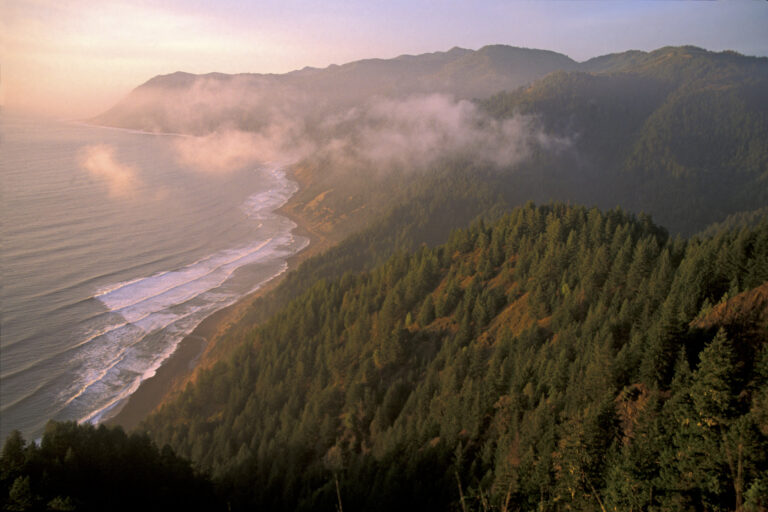



See publications produced by our funded projects for this Focus Area
The NOAA Ocean Acidification Program (OAP) works to prepare society to adapt to the consequences of ocean acidification and conserve marine ecosystems as acidification occurs. Learn more about the human connections and adaptation strategies from these efforts.
Adaptation approaches fostered by the OAP include:
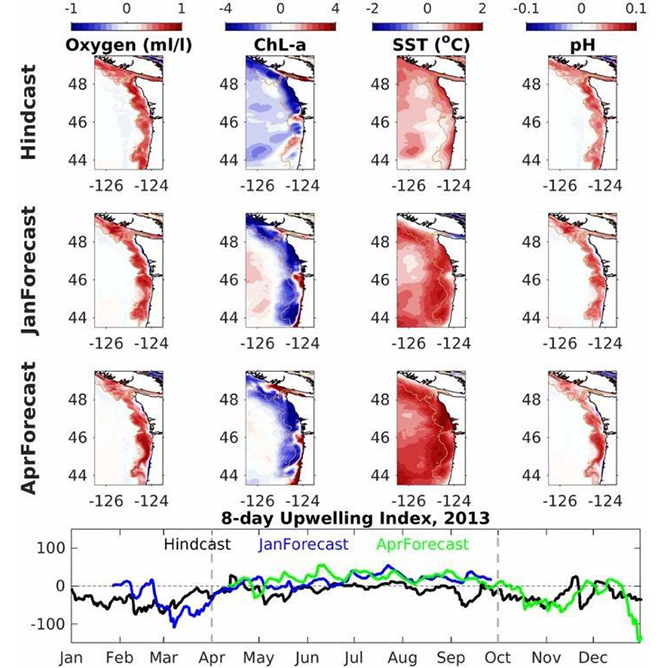
Using models and research to understand the sensitivity of organisms and ecosystems to ocean acidification to make predictions about the future, allowing communities and industries to prepare
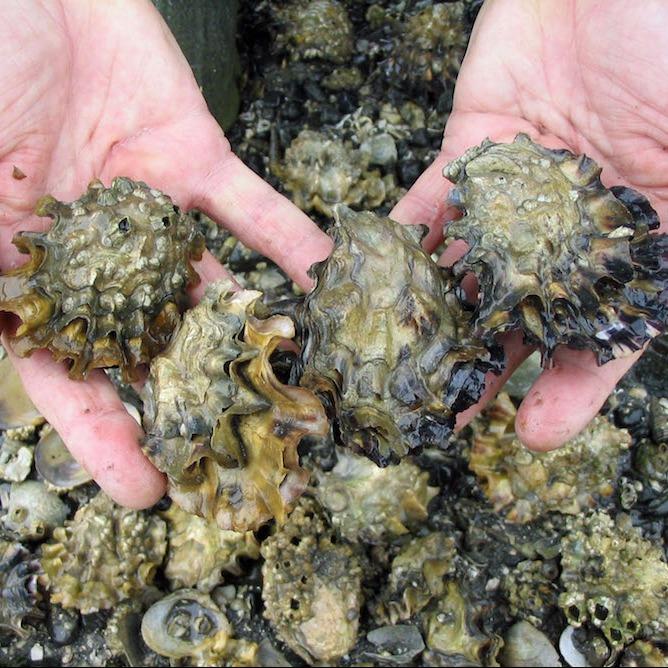
Using these models and predictions as tools to facilitate management strategies that will protect marine resources and communities from future changes
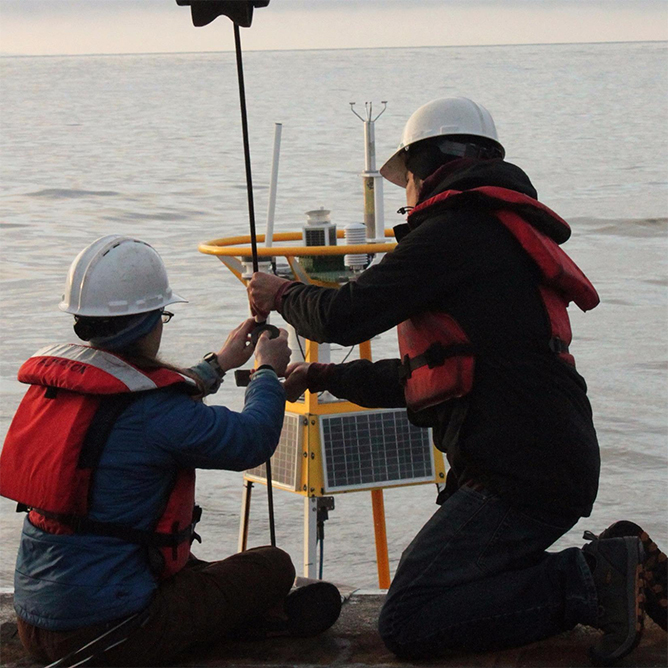
Developing innovative tools to help monitor ocean acidification and mitigate changing ocean chemistry locally
Drive fuel-efficient vehicles or choose public transportation. Choose your bike or walk! Don't sit idle for more than 30 seconds. Keep your tires properly inflated.
Eat local- this helps cut down on production and transport! Reduce your meat and dairy. Compost to avoid food waste ending up in the landfill
Make energy-efficient choices for your appliances and lighting. Heat and cool efficiently! Change your air filters and program your thermostat, seal and insulate your home, and support clean energy sources
Reduce your use of fertilizers, Improve sewage treatment and run off, and Protect and restore coastal habitats
You've taken the first step to learn more about ocean acidification - why not spread this knowledge to your community?
Every community has their unique culture, economy and ecology and what’s at stake from ocean acidification may be different depending on where you live. As a community member, you can take a larger role in educating the public about ocean acidification. Creating awareness is the first step to taking action. As communities gain traction, neighboring regions that share marine resources can build larger coalitions to address ocean acidification. Here are some ideas to get started: